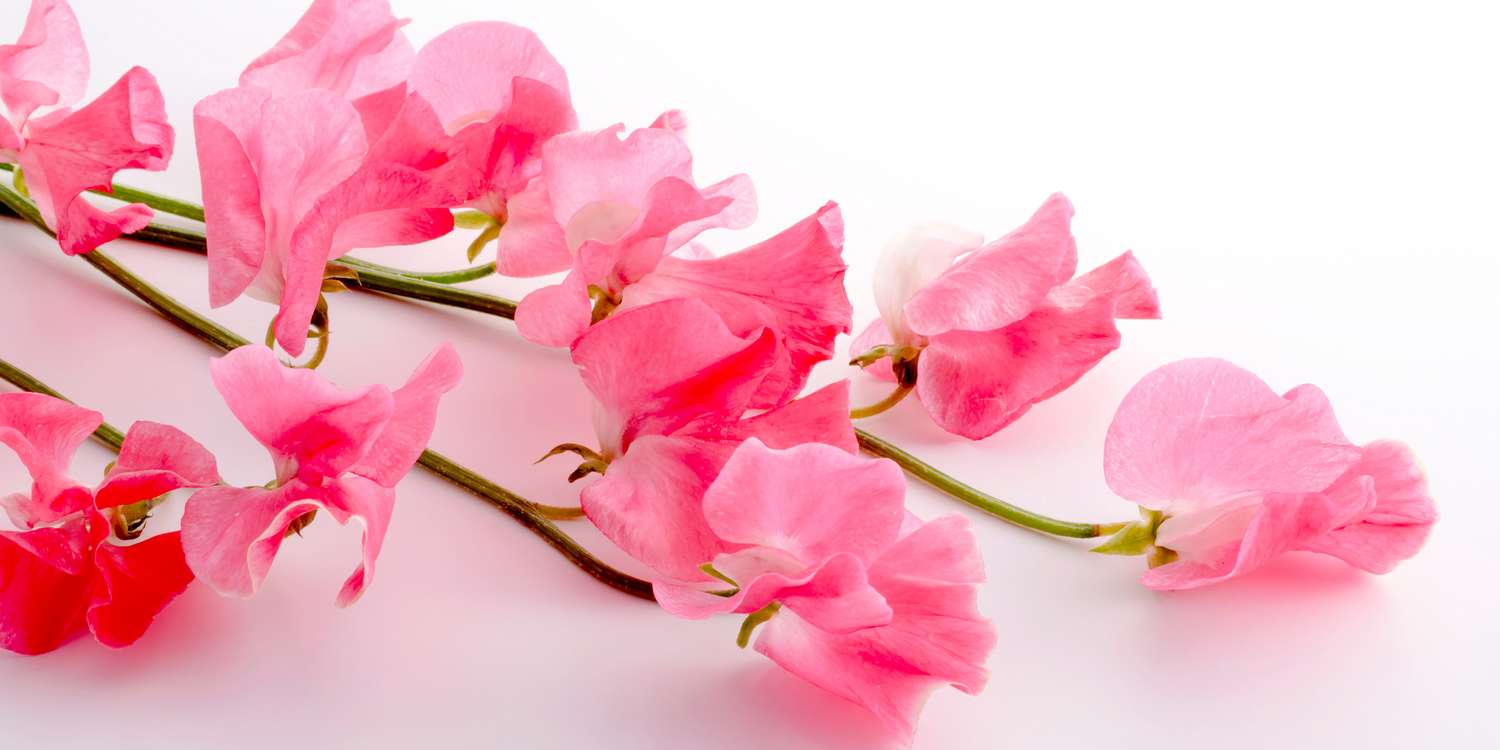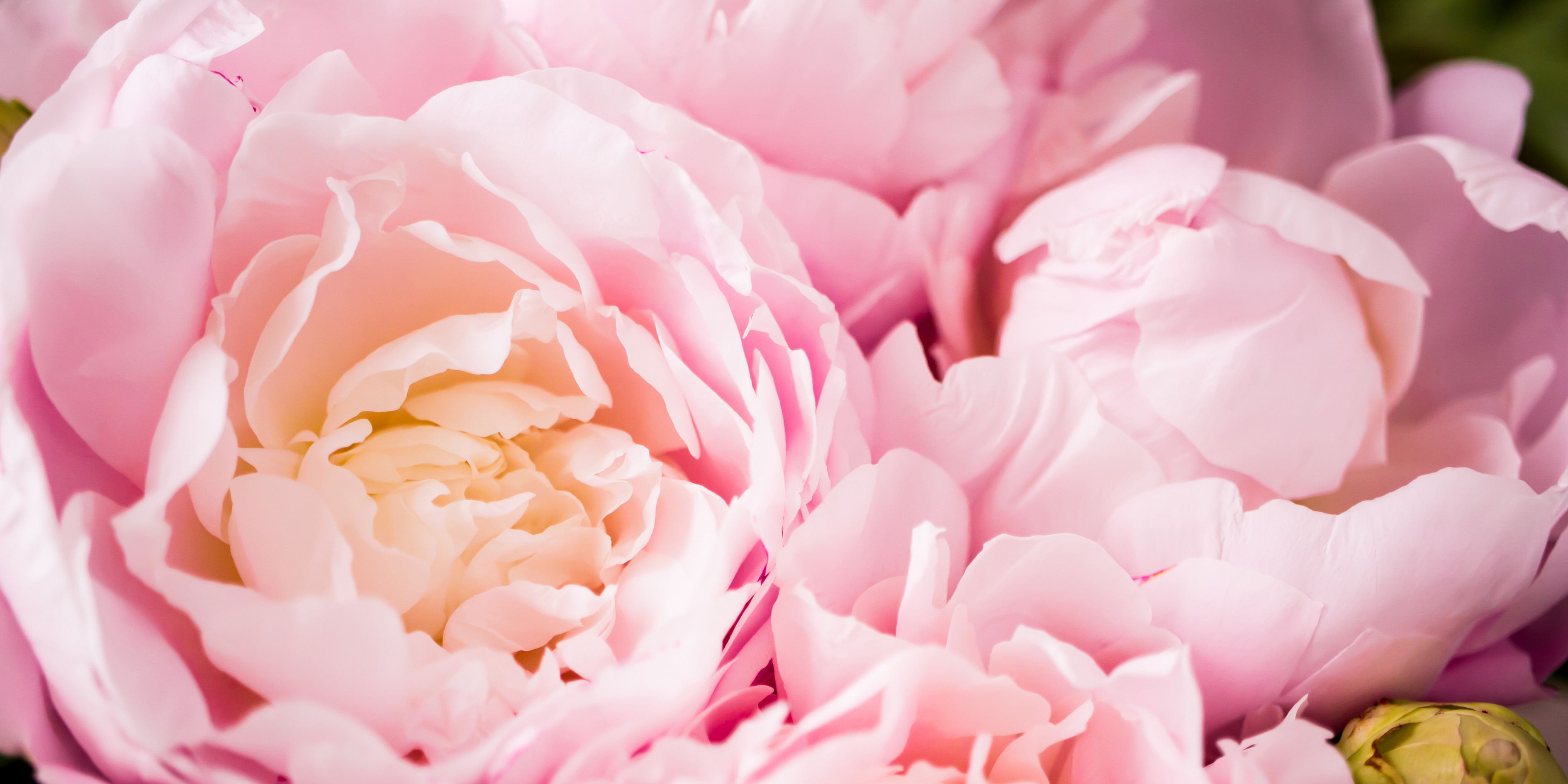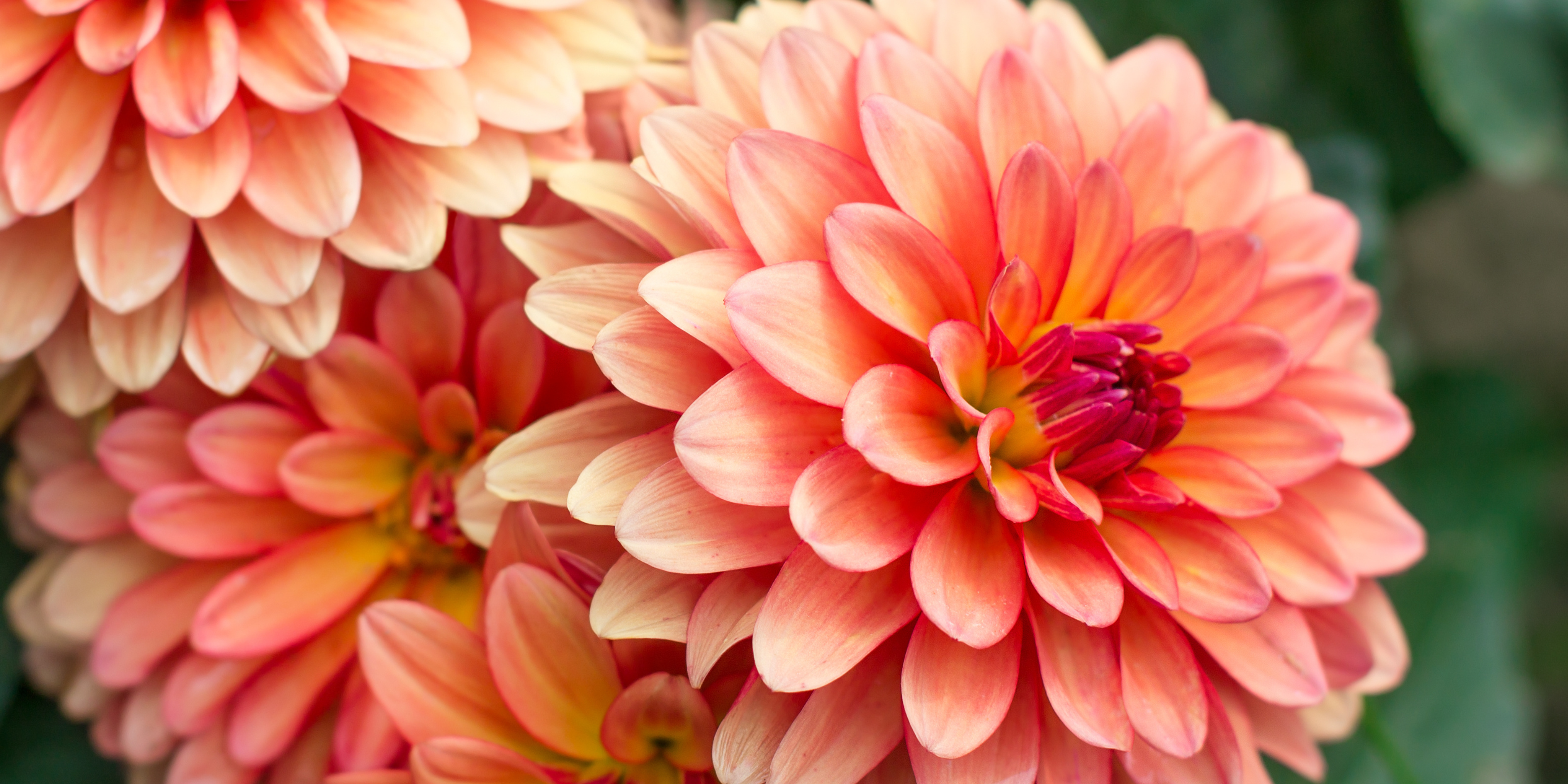Curious about the April birth flower? Well, you’ll be delighted to know there are actually two official April birth flowers: the daisy and the sweet pea.
Both are unique and beautiful blooms, perfect for celebrating our April-born friends and family, and they each have their own symbolic meanings, too.
So, whether you’re shopping for birthday flowers for someone you love or wanting to learn more about your own birth flower, read on to discover the different daisy and sweet pea flower meanings, plus other interesting facts about these elegant flowers.
April Birth Flower #1: Daisies

Daisies are such a happy bloom, don’t you think? They’re common features of gardens and fields around the world. They belong to the Asteraceae family, the second largest plant family after the Orchid family, Orchidaceae, and are cousins to other well-known blooms like sunflowers, asters, chrysanthemums, dandelions and dahlias.
The name “daisy” may stem from the Old English name “day’s eye”, which refers to the way the daisy flower closes at night and opens again in the morning.
Daisies bloom naturally from spring into summer, but thanks to greenhouse production and commercial cultivation, you can find different types of daisy flowers pretty much all year round, including in April.

What do daisy flowers symbolise?
When we think of daisies, most of us probably conjure up images of those sweet little white blooms with golden yellow centres. These are common daisies, also known as English daisies, Bellis perennis.
Thanks to their white petals, common daisies are naturally perfect symbols of purity and innocence. The daisy flower’s sunny appearance also makes it a symbol of happiness and positivity. Blooming in the springtime, daisies also represent new beginnings.
But there are many other types of daisies besides the common daisy, and they come in lots of different colours besides white.
Gerbera daisies and daisy chrysanthemums, for example, come in just about every colour imaginable. South African Blue-eyed daisies have deep blue-purple centres and white petals, while Australia’s own native daisies, Brachyscome, typically come with light purple or blue petals and yellow centres.
With different colours of daisies come different meanings of daisies. Based on the traditional colour meanings of a wide range of flowers:
- Pink daisies symbolise platonic, friendly or familial love and joy
- Yellow daisies symbolise cheerfulness and friendship
- Orange daisies flowers symbolise warmth and excitement
- Red daisies flowers symbolise passion and love
- Purple daisies flowers symbolise royalty and pride.
April Birth Flower #2 - Sweet Peas

Ever been lovingly called “sweet pea” by your parents or your significant other? This is the flower that inspired the term of endearment!
Sweet peas were originally native to parts of the Mediterranean, such as Sicily and the Aegean islands. They bloom from winter to spring, and belong to the Fabaceae plant family, also known as the legume family.
Fabaceae is the third largest plant family in the world, after the orchid and aster families, and includes such well-known legumes as chickpeas, fava beans and, of course, the common green pea. Despite this, sweet peas aren’t actually edible! They can be toxic to humans, and also to cats, dogs and horses.
Luckily, sweet pea flowers aren’t cultivated for their flavour. More than anything, these elegant, self-pollinating blooms are prized for their enchanting fragrance. Their scent can change depending on the time of day, and even depending on the weather. It’s quite alluring, unless you’re a fly—flies can’t stand the scent of sweet peas!

What do sweet pea flowers symbolise?
Sweet peas were an exceptionally popular bloom during the Victorian era, often appearing at weddings and large gatherings of noblemen and women. In floriography, the language of flowers that became popular during this period, the sweet pea flower meaning was blissful pleasure.
Other meanings of the sweet pea flower include friendship, gratitude and goodbye. The flower could be given as a parting gift to someone, as a way of saying “Thank you, I had a wonderful time. Farewell.”
In France, sweet pea flowers are traditionally given to brides on their wedding day, as a way to ward off spitefulness and negativity, to protect her innocence and to wish her good luck.
Sweet pea flowers have an incredible colour range, from salmon pink and peach to fuschia, mauve and periwinkle blue. Interestingly, despite the best efforts of sweet pea cultivators, there are no yellow sweet peas!
As with daisies and all other blooms, the meaning of sweet pea flowers can change depending on their colour. In general:
- White sweet pea flowers symbolise peace, purity and innocence
- Pink sweet pea flowers symbolise happiness and non-romantic love
- Red sweet pea flowers symbolise passion, love and romance
- Purple sweet pea flowers symbolise royalty, pride and success
- Blue sweet pea flowers symbolise rarity, uniqueness, desire and calmness.
Though they flower naturally from winter to spring, greenhouse production can help extend their season. This means you may still be able to gift your April-born loved one a bouquet featuring these beautiful, fragrant blooms.
Sweet peas make lovely floral gifts for other special occasions that may pop up at other times of year, too, including engagements, graduations and housewarmings.
Australian Native April Birth Flower: The Flannel Flower

While daisies and sweet peas are the traditional birth flowers of April, we thought we’d include a third that’s a little closer to home: the flannel flower.
With creamy, pale grey or white petals, the flannel flower could easily be confused for a daisy. But the flannel flower is not a member of the huge Asteraceae family.
Instead, it’s part of the Apiaceae family, which includes vegetables and herbs like carrots, parsnips, celery, anise, dill, fennel, coriander and sea holly. Despite this, flannel flowers are not safe to eat!
The flannel flower grows naturally in parts of coastal NSW and Queensland, particularly around the Sydney basin. It flowers from late winter into summer, most prolifically in the spring.
Its petals have an interesting texture, similar to felt or velvet or, more accurately, flannel. They’re covered in fine hairs, which can trigger a reaction in some people.

What does the flannel flower symbolise?
Being a white flower, the flannel flower naturally symbolises purity, innocence, rebirth, new beginnings and peace.
The flannel flower is also Australia’s national floral symbol of mental health. The fact that the flower is capable of adapting to grow in lots of different conditions, it’s a perfect symbol of the way Australians are also able to adapt to our own changing conditions. We endure, and we thrive.
Flannel flowers also symbolise beauty and strength.
Other April Flowers for Birthdays

Birth flowers are traditionally determined by the seasons of the northern hemisphere. This means they’re often not available in Australia at the right time, and this may sadly be the case for birth flowers of April.
If you can’t find sweet peas, daisies or flannel flowers in April, there are plenty of other blooms you can give to your April-born loved ones to help them celebrate their special day.
Some of our favourites are:
Learn More About Birth Flowers
There are more birth flowers where those came from! If you want to know more about the birth flowers of each month, check out our guide.



